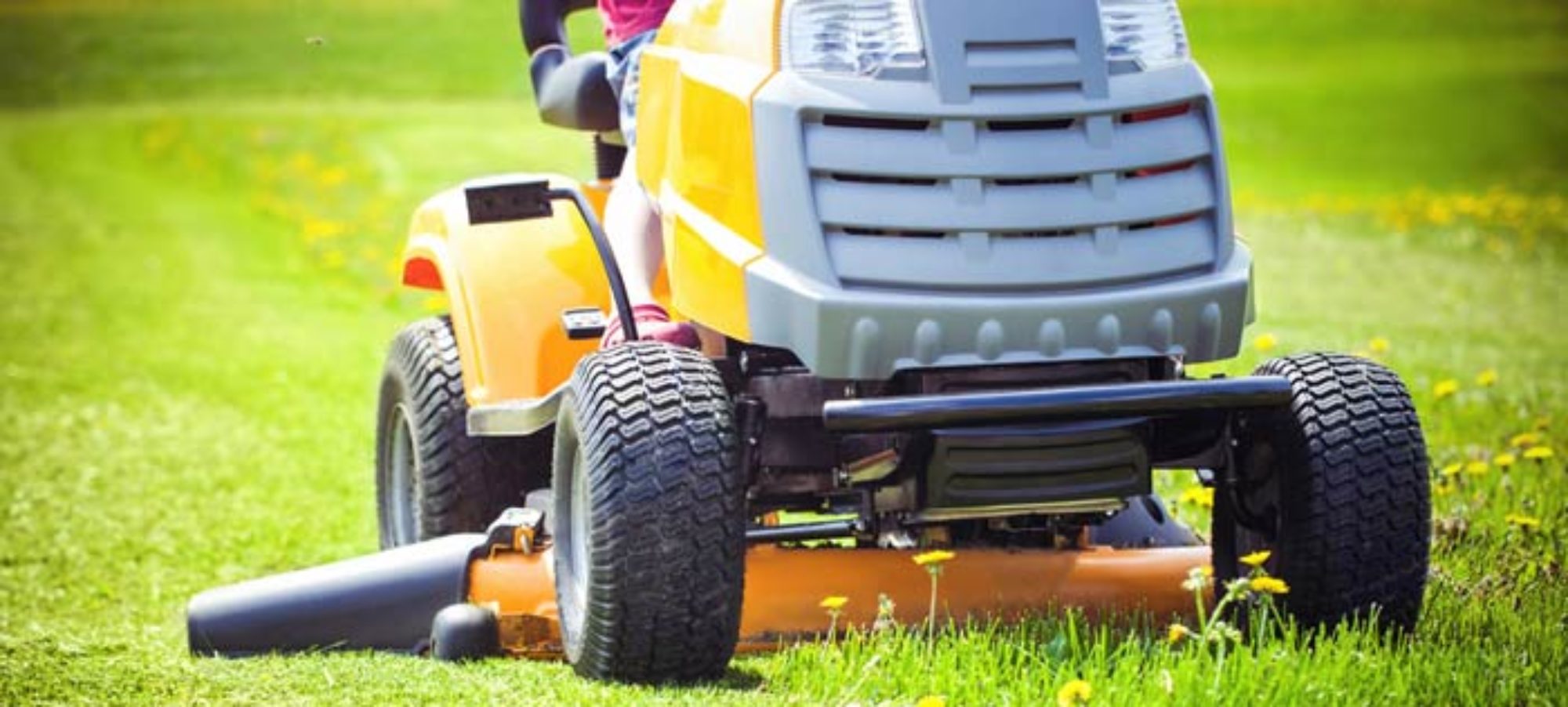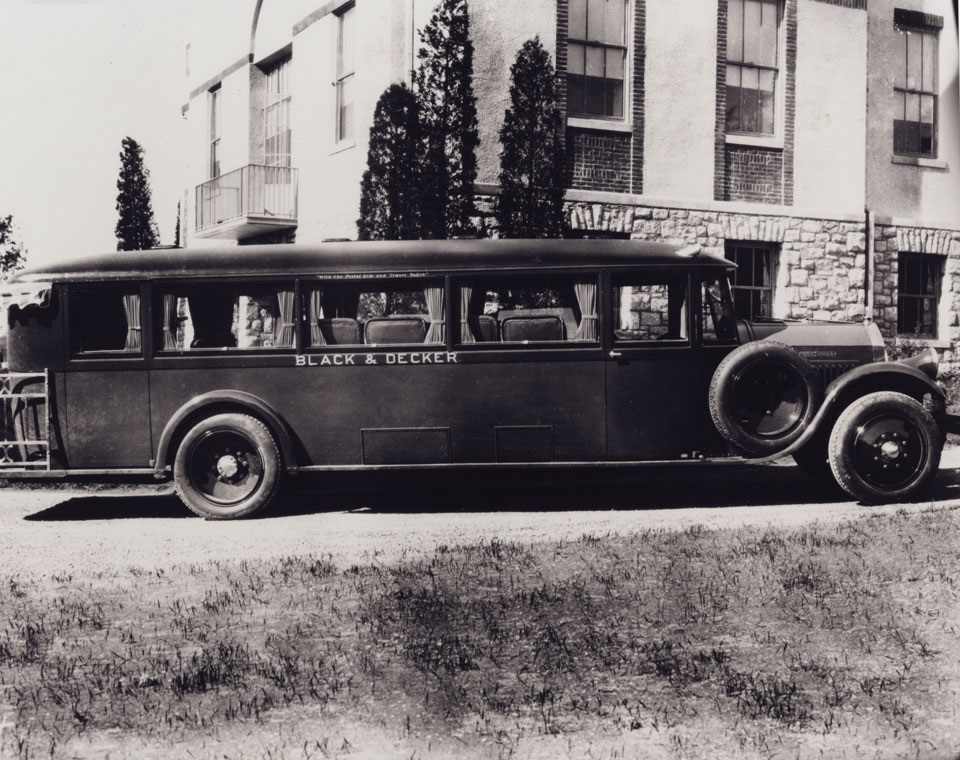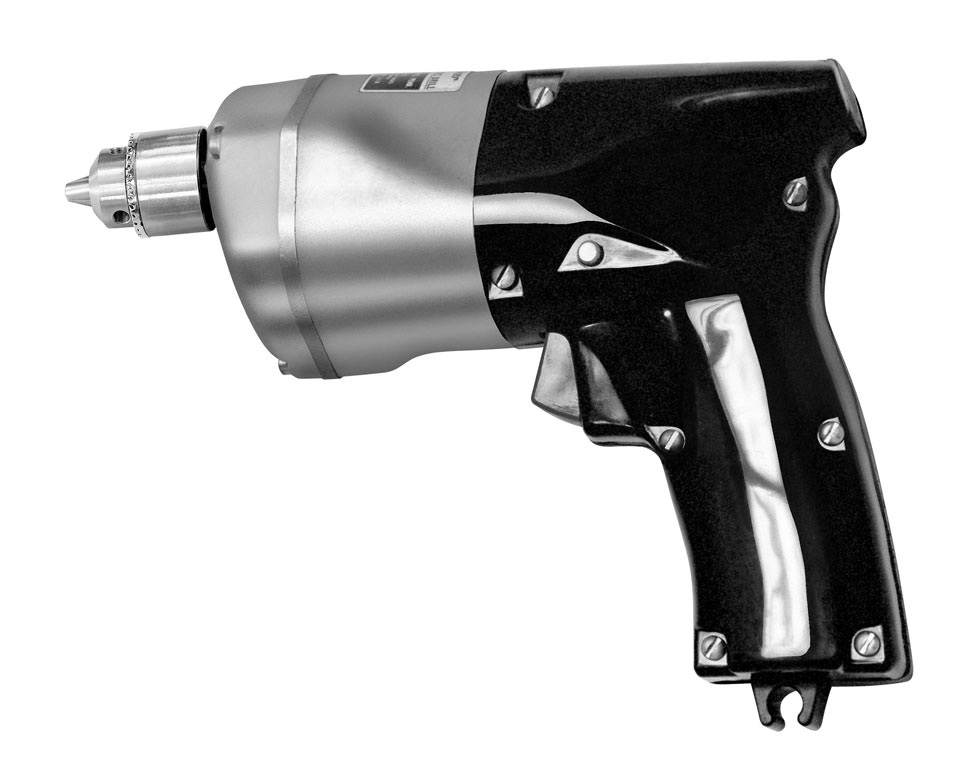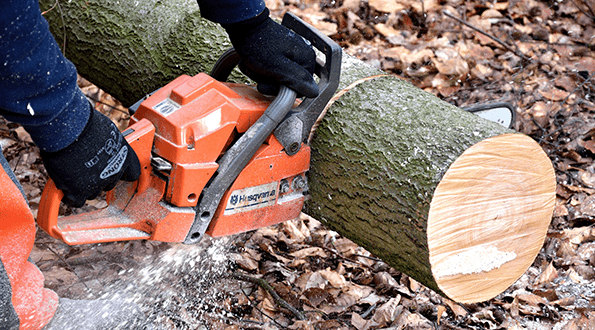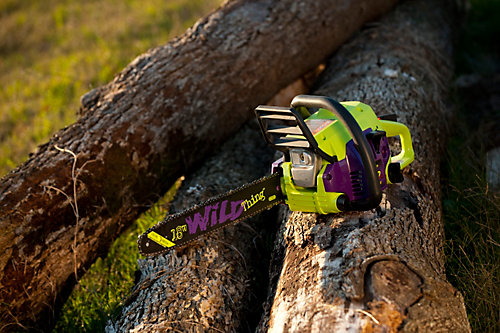
It can feel like the end of the year for gardening when we approach the winter months, the flowers of summer are a distant memory and the rain and cold are here to stay until further notice. However, if you’re an avid gardener it’s not all doom and gloom as there is still much to be done. Here are a few ideas and tips to keep you going through the winter.
CLEAR UP AND SHORE UP –
As plants begin to fade out of bloom, deadhead them by pinching or cutting off the flower stem below the spent flower and just above the first set of full, healthy leaves. Repeat with all the dead flowers on the plant. Sometimes it may be easier to deadhead plants by shearing them back entirely. Also, check structures in your garden and see if they are stable, if not mend them now before high winds and snow do more serious damage.
DIGGING –
Digging now allows the frost to break up the soil over the winter, improving the structure. If you have clay soil now is the time to dig the beds but wait until the ground has thawed out if it is soddened or after a frost. If you have sandy soil, it’s best to wait until spring to dig as your beds will be more prone to moisture loss.
REMEMBER TO KEEP OFF THE GRASS –
During the winter the grass in your garden will become dormant and in turn become very vulnerable and easily damaged. If possible, avoid walking on the grass at all during the cold months but if that isn’t an option, use a plank to get around the garden as it spreads out your weight on the grass.
PROTECT YOUR PLANTS –
If possible, bring tender plants indoors or if you have one available, place them in a greenhouse. If neither of those options is viable, use cloches to cover them and keep them safe during the harsh conditions.
COVER THE GROUND –
If you have an allotment cover your empty veg beds with landscaping fabric or cardboard and weigh it down with planks and bricks. This will keep the weeds down over winter, and the soil will warm up quicker in spring. Covering beds also prevents loss of nutrients from the soil due to rain and wind.
ADD NUTRIENTS –
Add compost or manure to your beds now for healthier plants next year. Either fork it in or spread it on top. It’s also a good time to make leaf mould. Make a wire cage for the leaves so they don’t blow away or keep in black plastic bags with a little soil added to help them break down, and a few punctures in the bag.
PLANT BULBS –
There’s still time to get bulbs in the ground in November to guarantee colour from January onwards. Choose a mixture of varieties and plant in clumps, so that you get a good effect. You can lift and divide them every few years too.
TIDY YOUR TOOLS –
If you have a greenhouse now’s the time to give it a good clear out. Also, sharpen all tools and replace any beyond repair.

